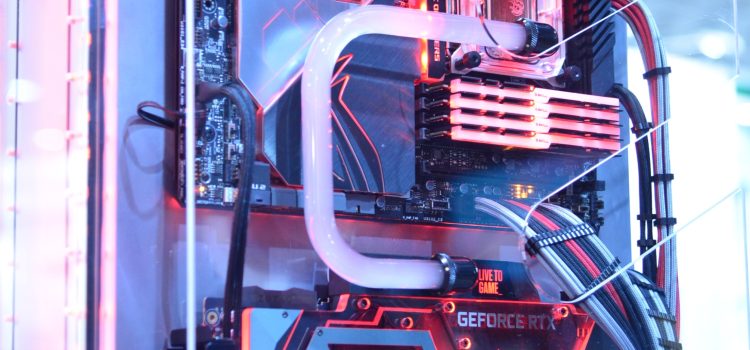
Traveling solo can be a life-changing experience, offering a chance to explore new destinations and meet new people on your own terms. But choosing the right destination for a solo trip can be a daunting task, especially if you’re traveling to a new place for the first time. To help you plan your next solo adventure, here’s a look at some of the best destinations for solo travelers in the US.
- New York City, New York: Known as the “city that never sleeps,” New York City offers an endless array of things to see and do, from iconic landmarks like the Statue of Liberty and the Empire State Building to world-class museums, galleries, and theaters. With its bustling streets and diverse neighborhoods, New York is also a great place to meet new people and make new friends.
- San Francisco, California: San Francisco is a vibrant and welcoming city that offers a range of activities for solo travelers, from exploring the city’s many parks and beaches to trying new foods in its diverse neighborhoods. The city’s cable cars and historic landmarks like the Golden Gate Bridge make it a popular destination for tourists from around the world.
- Portland, Oregon: With its laid-back vibe and thriving food and drink scene, Portland is a great destination for solo travelers who want to relax and explore at their own pace. The city is also home to a number of independent bookstores, coffee shops, and record stores, making it a great place to meet like-minded travelers.
- Austin, Texas: Known for its live music scene, outdoor activities, and vibrant food culture, Austin is a popular destination for solo travelers. The city’s many parks and green spaces, including Lady Bird Lake, offer plenty of opportunities for hiking, biking, and kayaking.
- Asheville, North Carolina: Nestled in the Blue Ridge Mountains, Asheville is a charming and picturesque city that offers a range of activities for solo travelers, from hiking and mountain biking to exploring the city’s vibrant arts scene. The city is also known for its craft breweries and farm-to-table restaurants, making it a great destination for foodies.
In conclusion, solo travel can be a rewarding and transformative experience, and the US offers a wealth of destinations for travelers who are looking to explore new places and meet new people. Whether you’re interested in big cities, small towns, or outdoor adventures, there’s a destination in the US that’s perfect for your solo travel adventure.

















